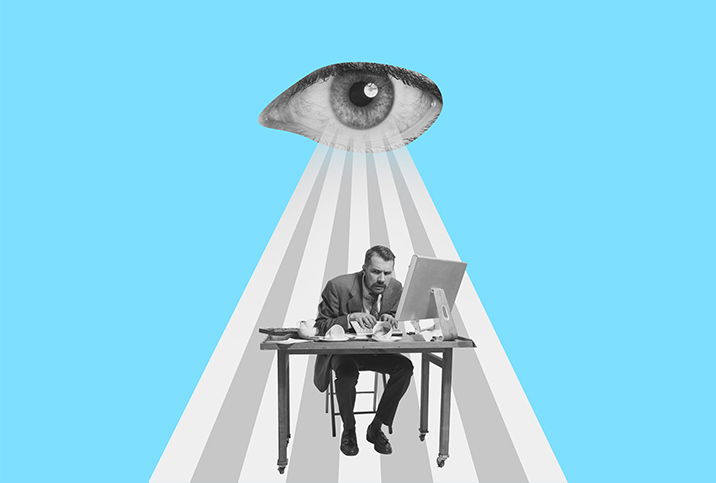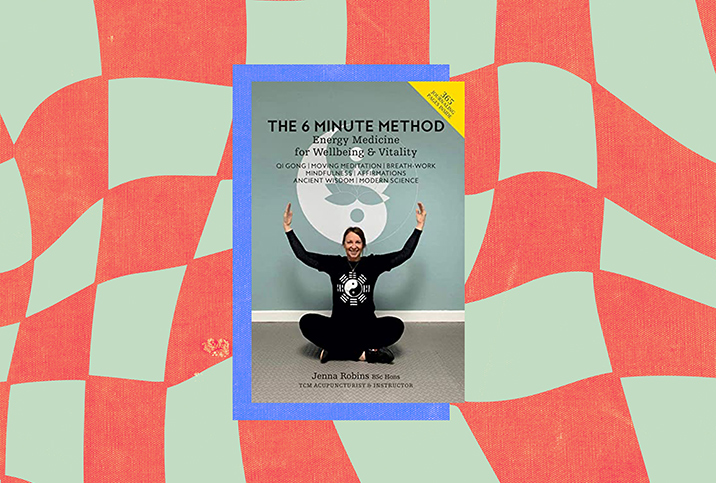Coming to Grips With Stress

You could say we live in stressful times, from unexpected, immediate threats such as the COVID-19 pandemic and extreme weather events to more gradual issues like a weakened economy and political divides. And that's without taking into account an annoying boss, a partner who never seems to agree with anything you say and your never-ending to-do list.
Most of that we can live with, but eventually, too much stress over a long period of time can cause concern.
Statistics published by the American Institute of Stress (AIS) indicate that about 33 percent of people report coping with extreme stress. Additionally, 73 percent of people experience stress that affects their mental health, and 77 percent experience stress that impacts their physical health. About 55 percent of Americans feel stressed during the day; the global average is 35 percent of the population.
Beyond mental and physical health, stress can have a major impact on sexual health. Chronic stress may make you susceptible to developing diabetes or hypertension, and those conditions can lead to a decreased sex drive and, for men, erectile dysfunction (ED).
Stress can also affect the production of hormones. In particular, an increase in cortisol—the primary stress hormone that increases sugar in the bloodstream—can trigger an increased production of stress hormones. Stress can lower testosterone levels, which can play a role in your sex drive.
What is stress?
While many people associate stress with something negative, stress is not always a bad thing.
"[Generally,] stress is a reaction to either an internal or external influence that creates a change in their experience of themselves, whether it's mental, physical or spiritual," explained Marni Chanoff, M.D., an integrative psychiatrist at McLean Hospital in Massachusetts and the founder of Joy in Health, a psychiatric practice.
Some stress can be positive, she added.
"Stress can be motivating," she said. "Stress can be invigorating. Stress can allow us to focus our attention, our energy and motivation because there is a challenge."
Bad stress, on the other hand, is stress perceived as a threat.
"Stress can be a situation that creates a sense of being unsafe or being under threat or feeling like we need to protect ourselves," Chanoff said.
Whether stress is "good" or "bad" is influenced by a number of factors, including the stressor itself, the amount of stress, and our ability to cope with that stressor overall or on a given day.
"Certain things would stress me and not you," Chanoff explained. "I may not only have a different kind of stress tolerance than you, but on any given day, I might also have a higher or lower stress tolerance for myself, depending on my own internal and external factors."
All of these elements determine someone's ability to cope with a stressor and, therefore, whether stress becomes good motivating energy or bad.
High stress vs. chronic stress
There's a big difference between high, acute and chronic stress.
"We're very well equipped as human beings to adapt and cope with acute stress, even if it's high levels of stress," Chanoff explained. "It's what we're designed to do and have evolved to do."
When we experience acute stress, even if it's at a high level, our nervous system has a fight, flight or freeze response to deal with it.
"After the nervous system responds to acute stress, there's a whole set of things that happen to allow us to kind of come down from that stress and regroup from that stress," Chanoff said. "It's low stress that we can sort of show up to, and then the body knows how to get back to doing what it's supposed to do."
Chronic stress, on the other hand, is prolonged or constant stress. The body is not able to deal with this type of stress in the same way it does acute stress.
"Chronic stress, whether it's low chronic or high chronic stress, creates a sort of repetitive response to the nervous system," Chanoff noted. "The nervous system is in high gear for much, most or all of the time under chronic stress, so it's not resetting. The cascade of events that follow acute stress doesn't have a chance to step in and bring us back to our most calm, grounded self."
She added that if chronic stress is not addressed, the result could include several mental health challenges, such as anxiety, depression, relationship issues, poor performance, insomnia and cognitive problems, as well as physical problems, including high blood pressure and chronic medical conditions.
What factors impact stress?
Many different factors contribute to stress, and what stresses someone varies from person to person. Yet some factors tend to be universally stressful.
"The big stressors are feeling secure, feeling safe, financial safety and not feeling lonely," Chanoff said.
Typically, anything that's a threat to your basic needs or safety can cause stress. The pandemic was one example of a major event that disrupted personal safety. The pandemic has also resulted in isolation and loneliness for many people.
"Loneliness is a big source of stress for many people, and that's another one that came up a lot during the pandemic," Chanoff confirmed. "Not to mention, financial instability has been a major stressor throughout the pandemic, and a lot of people are feeling stress around job security, economic security, financial security."
Climate change is causing a lot of stress because it threatens our basic sense of safety.
"How do I keep my family safe?" and "How do I cope with what's to come in the decades ahead?" are just two of the questions Chanoff believes people are asking themselves in the face of future climate change.
If the threat of an unexpected weather event wasn't enough, the political squabbling in recent years has been another major source of stress.
"A lot of people are experiencing stress around politics, discrimination, inequities, divisiveness, polarization," Chanoff explained, referring to events such as the overturning of Roe v. Wade and proposed anti-transgender legislation.
Stress in adults vs. stress in children
"Kids can be incredibly resilient," Chanoff said. "But they're also very dependent on their caregivers, their home environment, the stress level of their caregivers, how held and safe they feel at home, at school and otherwise. I believe children are very resilient, but all of these external factors can really weigh kids down."
Chronic stress in developmental years can and often does have an impact on a child's development.
"It's thought that early development is affected by stress, and the way that we form identity early on and the way we form our view of the world and our role in it is very dependent on our environment and our relationships," Chanoff added. "If any of that is vulnerable, it then becomes part of how [kids] view the world, in a very basic way. [Kids think] either the world is a safe place, the world is not a safe place or I'm confused—sometimes I feel safe and sometimes I don't."
How common is stress?
According to the Stress in America 2022 Survey conducted on behalf of the American Psychological Association, adults in the United States are under immense stress. About 27 percent of adults reported that most days are so stressful they cannot function. The survey indicated that almost half (46 percent) of adults younger than 35 and more than half (56 percent) of Black adults younger than 35 agreed with this statement.
About 25 percent of adults reported that during the prior month, they very often or fairly often felt difficulties were piling up so high they could not overcome them. In addition, 30 percent of adults reported feeling numb due to the amount of stress they feel.
Younger people reported experiencing more stress than older people. About 24 percent of people ages 45 to 64 reported that stress is completely overwhelming most days, compared with 48 percent of people 35 to 44 years old, and 56 percent of people ages 18 to 34. The younger the population, the more likely they were to report that stress is completely overwhelming most days.
The survey found differences in race, too. Black men were more likely than white men to report stress feels completely overwhelming most days: 42 percent vs. 28 percent. Also, people who identify as LGBTQIA+ were more likely than others to feel this way, 50 percent vs. 33 percent.
Results from this survey also revealed the following:
- About 76 percent reported various aspects of their lives, such as mental health, eating habits, physical health and interest in hobbies/activities, were negatively impacted by stress.
- About 37 percent of people surveyed said that when stressed, they cannot bring themselves to do anything at all. Also, 21 percent experienced forgetfulness, 20 percent had an inability to concentrate and 17 percent had difficulty making decisions.
- Adults with a higher average stress level were more likely than those with a lower average stress level to report experiencing forgetfulness (39 percent vs. 7 percent), the inability to concentrate (38 percent vs. 6 percent), and difficulty making decisions (31 percent vs. 5 percent).
- Headaches were far more common among people with higher average stress levels, with 59 percent of participants with higher stress levels having experienced stress-induced headaches, compared with 20 percent of people with lower average stress levels. The same pattern was observed for fatigue: 57 percent vs. 15 percent.
- About 56 percent of people with higher average stress levels felt nervous or anxious in the past month because of stress, compared with 12 percent of those with lower average stress levels. Depression and sadness are similar, 57 percent vs. 10 percent.


















